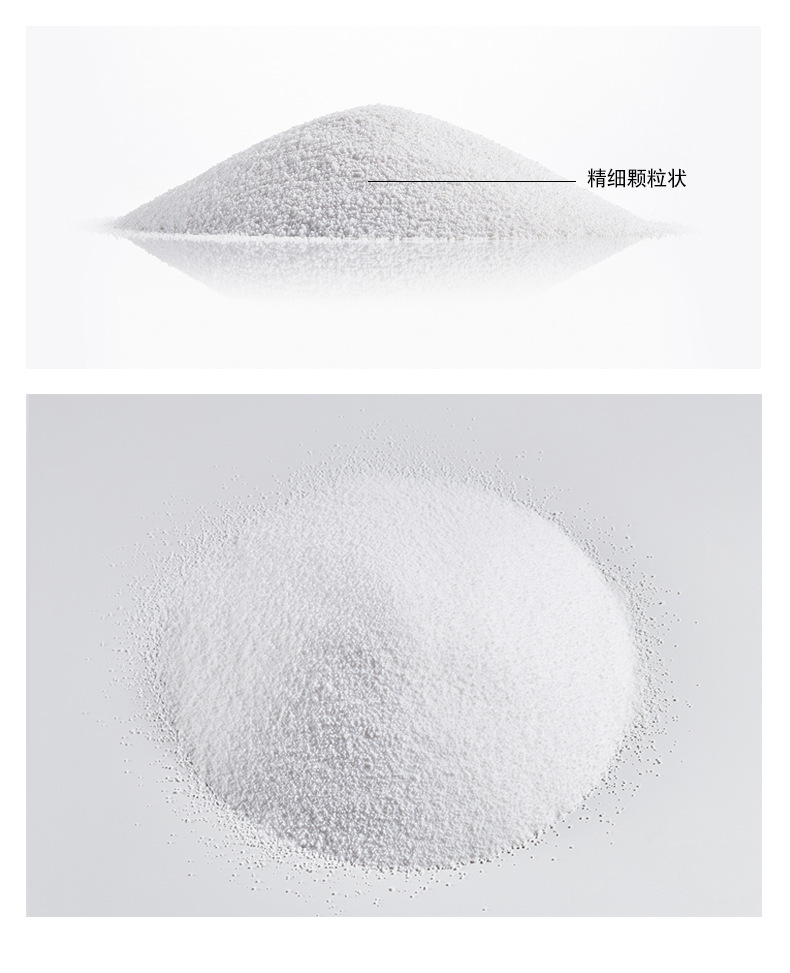Today Kain Chemical will take you to understand the properties of silica and uses. Hope it helps.
1. The existence of silica:
In nature, silica is widely present in the earth’s crust, mainly It is found in silica, quartz, diatom, crystal, and sand, and is widely found in nature in two forms: crystalline and amorphous. Colorless and transparent hexagonal prism-shaped crystals with hexagonal pyramids at the ends are called crystals; ordinary yellow sand is quartz containing iron compounds, and quartz is also one of the components of granite, gneiss, etc. Diatomaceous earth is an amorphous white carbon black, which is the remains of dead diatoms and other microorganisms. It is deposited and cemented into a porous, light and soft solid material with a large surface area and strong adsorption capacity.

2. The structure, physical properties and chemical properties of silica:
⑴The structure of silica: Crystal silica is silicon atoms It forms a three-dimensional network crystal with covalent bonds with oxygen atoms. There is no single silica molecule in the crystal. The silicon atom of silica is in the center of the tetrahedron, with covalent single bonds and at the top of the tetrahedron. The four oxygen atoms at the corners combine to form a [SiO4] regular tetrahedron, and the Si-O bonds are repeated in space to form a “macromolecule”. In the crystal, there are 6 silicon atoms and 6 oxygen atoms on the small ring, a total of 12 atoms. The ratio of the number of silicon and oxygen atoms is 1:2, so the simplified composition formula is SiO2, and there is no single molecule in the crystal.
⑵ Physical properties: Silica crystal is a hard, durable It is a colorless solid that is brittle, non-conductive, refractory (melting point 1710°C) and insoluble in water.
(3) Chemical properties: Silica is an anhydride of silicic acid, but It cannot react with water to form silicic acid. Because the silicon-oxygen bond is relatively strong, its chemical properties are very stable. It is an acidic oxide and has some properties of acidic oxides. For example, it can react with alkaline oxides, alkali, soda ash, etc. at high temperatures to form silicates; white carbon black does not react with ordinary acids and has relatively good properties. It has good acid resistance, but can be corroded by hydrofluoric acid, so people often use hydrofluoric acid to carve glass; it can be reduced by strong reducing agents (carbon) at high temperatures to produce coarse silicon.
White carbon black should be used with caution as a special coating to kill aquatic organisms
Silk black is a special coating that kills aquatic organisms, also known as anti-maggot silica (anti-snail silica, anti-algae silica). The difference from ordinary ship bottom silica is that the coating contains many biocidal substances, such as mercury chloride, cuprous oxide, organotin, DDT, hexahydrocannabinol (or copper naphthenate ), anhydrous copper sulfate and other toxic substances.
Although it is very effective in preventing dirt, it is harmful to the environment. Had a great impact. If it persists in the environment for a long time, it will have some toxic effects, including acute toxicity, bioaccumulation, and thickening of the shells of aquatic shellfish. Since these substances pollute water bodies and are very harmful to aquatic organisms, they have been replaced by new green pesticides. The ideal antifouling (fouling) agent only prevents the fouling of many marine organisms, but No harm to non-target organisms.
So when choosing, be sure to check whether it will cause harm to aquatic life. To protect living things is to protect ourselves as humans.

 微信扫一扫打赏
微信扫一扫打赏

